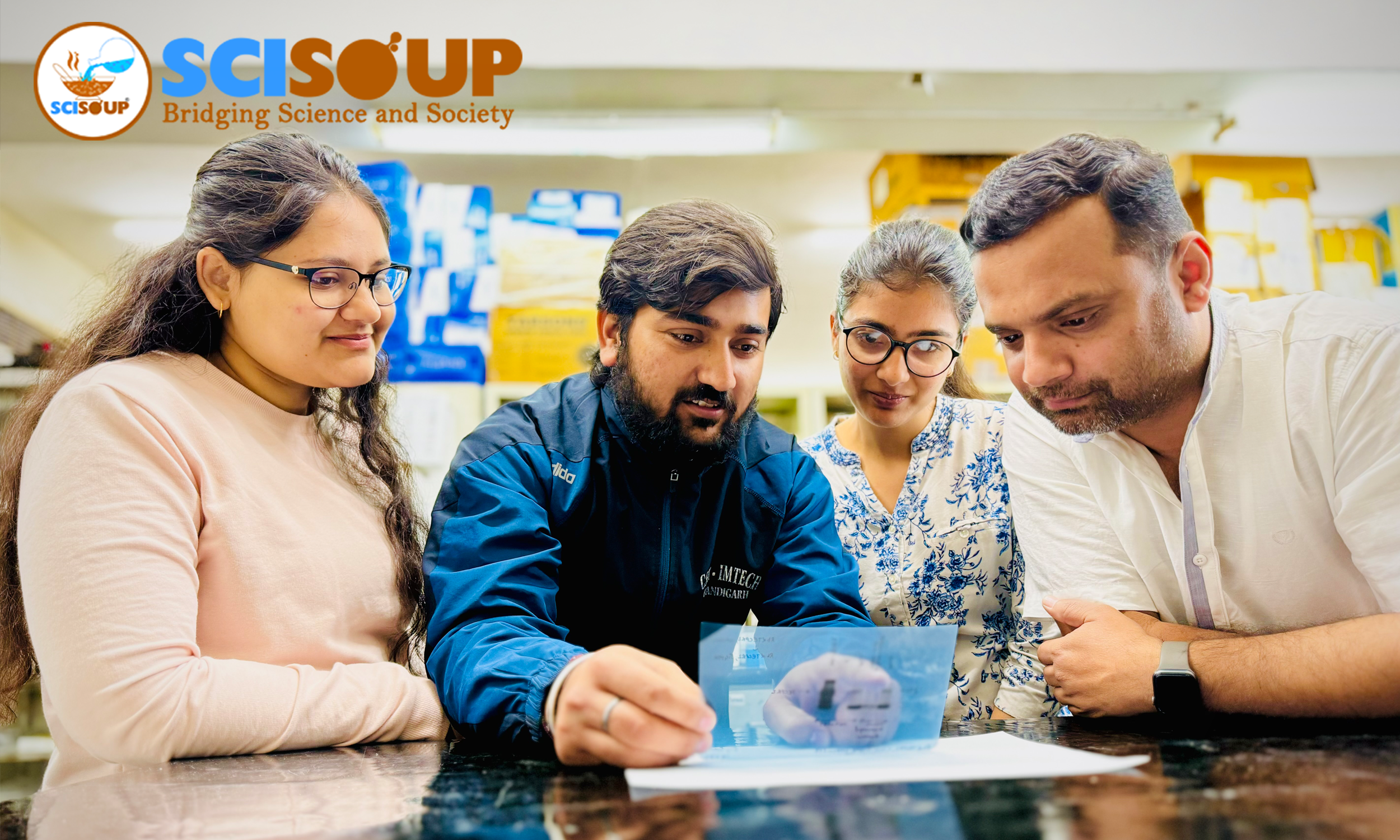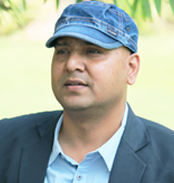
Study suggests SARS-CoV-2 infection leads to the hyperactivation of the late endosomal and lysosomal protein Rab7, which is facilitated by the viral accessory protein ORF3a. This hyperactivation disrupts normal cellular processes, including the transport of lysosomal hydrolases and the formation of endolysosomes, ultimately promoting viral replication and spread.
MAR 14, 2024 | By RATNESHWAR THAKUR
In the battle against COVID-19, understanding the intricate workings of the virus is crucial. Scientists have been exploring into the mechanisms by which SARS-CoV-2, the virus responsible for COVID-19, operates within our cells. A recent study, led by Dr. Amit Tuli’s group at CSIR-Institute of Microbial Technology (IMTECH), Chandigarh, India, sheds light on a particular protein encoded by the virus, known as ORF3a, and its role in manipulating host cell machinery for viral replication and spread.
SARS-CoV-2 belongs to a group of viruses called positive-sense single-stranded RNA viruses, specifically the beta-coronavirus genus. These viruses have a unique ability to modify cellular compartments to create replication compartments (RCs), which serve as a shield, protecting viral replication from host cell defenses.
The genome of SARS-CoV-2 contains several genes responsible for producing structural proteins and accessory proteins. ORF3a is one such accessory protein, crucial for the virus's pathogenesis. Studies have shown that ORF3a plays a significant role in various stages of the viral life cycle, including viral replication and the production of infectious virus particles.
Previous research has established that ORF3a promotes the exocytosis of viral particles via lysosomes, which are cellular compartments involved in waste disposal. This mechanism provides a route for the virus to exit the host cell and spread to other cells in the body.
Furthermore, ORF3a alters the localization of proteins involved in lysosomal function, such as CI-M6PR, impairing the sorting of lysosomal enzymes and further aiding viral replication and spread.
Interestingly, studies have shown that ORF3a from both SARS-CoV-1 and SARS-CoV-2 was initially thought to function as an ion channel. However, recent structural analyses have disproven this notion, revealing its role in manipulating cellular trafficking pathways instead.
Moreover, experiments conducted by Tuli’s lab in SARS-CoV-2-infected cells and those expressing ORF3a variants have highlighted the importance of ORF3a-mediated Rab7 activation for viral replication. In essence, ORF3a hijacks the cellular machinery to its advantage, facilitating viral propagation within the host.
Understanding these intricate interactions between viral proteins and host cell machinery provides valuable insights for developing targeted therapies against COVID-19. By disrupting key viral-host interactions, researchers might be able to prevent viral replication and limit the spread of SARS-CoV-2, ultimately aiding in the fight against the pandemic.
The research team included Kshitiz Walia, Abhishek Sharma, Sankalita Paul, Priya Chouhan, Gaurav Kumar, Rajesh Ringe, Mahak Sharma & Amit Tuli. The study was funded by Science and Engineering Research Board (SERB), DBT/Wellcome Trust India Alliance and Council of Scientific & Industrial Research (CSIR).
Journal Reference:
SARS-CoV-2 virulence factor ORF3a blocks lysosome function by modulating TBC1D5-dependent Rab7 GTPase cycle. Nat Commun 15, 2053 (2024).
Disclaimer:
SciSoup claims no competing interest. To ensure accuracy and scientific relevance, this science blog has been reviewed by the research team associated with this study.
